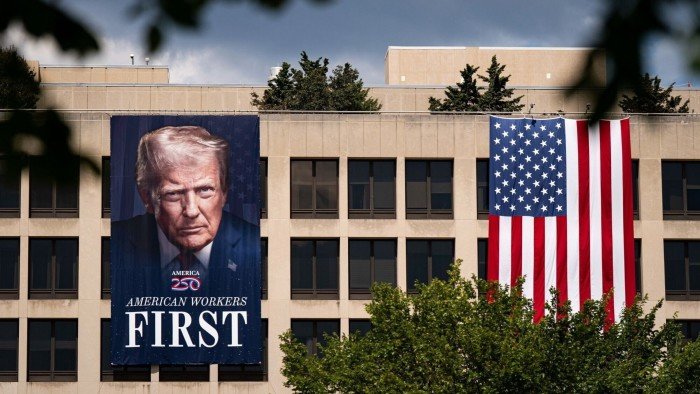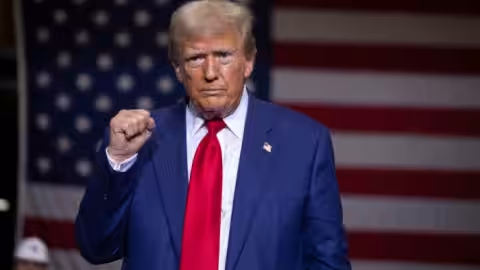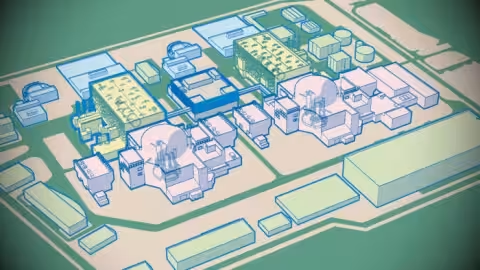Nvidia insiders have sold more than $1bn of the company’s stock over the past 12 months including a recent surge in trading as they cash in on investors’ enthusiasm for artificial intelligence.
More than $500mn of the share sales took place this month as the California-based chips designer’s share price climbed to a record high.
Investors have piled back into the stock, making it the world’s most valuable company as they bet on huge demand for chips to power AI applications. The price rise comes after a turbulent year in which Nvidia was knocked by US-China trade tensions and Chinese AI breakthroughs that threated demand for its products.
Jensen Huang, Nvidia chief executive, started selling shares this week for the first time since September.
Nvidia said all of Huang’s sales were part of a pre-arranged trading plan, agreed in March, that set the prices and dates at which sales would be triggered. Huang still retains the vast majority of his shares in Nvidia.
“When the stock [dropped] in the first quarter, he did not sell, [which was] was really smart,” said Ben Silverman, vice-president of research at VerityData.
“[Huang] waited for the stock to return to levels that he felt more comfortable selling at,” Silverman added.

VerityData, which tracks insider sales based on regulatory filings, said in a report that Nvidia’s share price bump above $150 appears to have triggered Huang’s sales.
Huang started selling just after a mandated 90-day cooling-off period for his sales plan expired. Directors and senior executives often agree these plans to avoid insider trading allegations.
Under the plan, Huang can sell as many as 6mn shares before the end of this year. At the current share price, that leaves Huang on track to earn more than $900mn.
Huang’s net worth is estimated at $138bn, according to Forbes.
Nvidia’s market capitalisation has quadrupled to $3.8tn in the space of a few years as companies and nation states pour billions of dollars into the infrastructure behind AI.
A number of other top Nvidia figures are also reaping a windfall from the company’s growth.
These include longtime board member Mark Stevens, a former managing partner at Sequoia Capital who was one of the earliest investors in Nvidia. On 2 June, he announced he would sell up to 4mn shares, currently valued at $550mn, and has since sold $288mn of them.
Nvidia’s executive vice-president of worldwide field operations, Jay Puri — a two-decade veteran of the company who has deputised for Huang on trips to China to meet officials — sold shares worth about $25mn on Wednesday.
Two other board members, Tench Coxe and Brooke Seawell, have moved to sell, with Coxe offloading around $143mn on June 9 and Seawell around $48mn this month.
Coxe, a former managing director of Sutter Hill Ventures, is another longtime board member who has been at the company since its early days. Huang co-founded the company in 1993 as a video game graphics card company in a Denny’s restaurant in San Jose.
Seawell, who joined the board in 1997, is a partner at venture firm New Enterprise Associates and a former executive at chip design software company Synopsys.
Nvidia’s shares have rebounded in recent weeks, with its market capitalisation regaining about $1.5tn since its lowest point in April. The stock took a hit following breakthroughs by China’s DeepSeek and new US export controls on AI chips destined for China.























